Find the potential difference Va−Vbin the circutis shown in figure
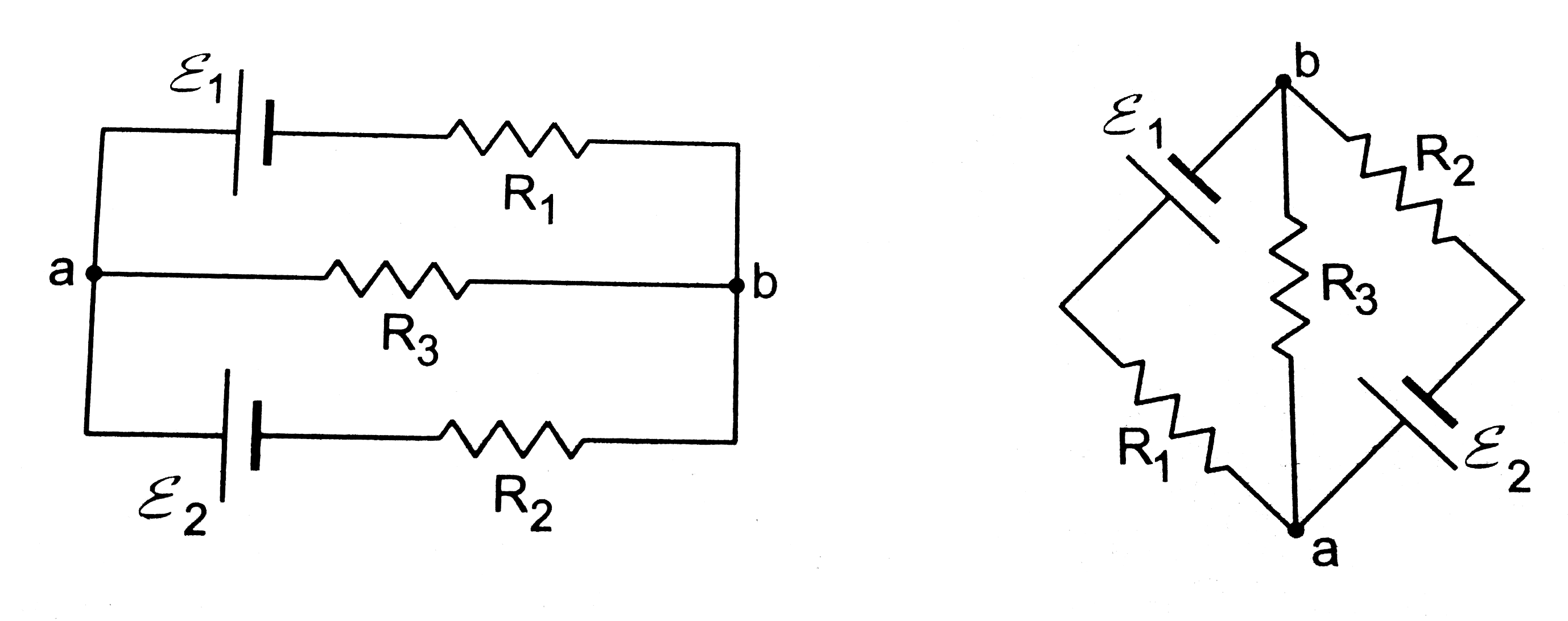 Solution in Gujrati
Solution in Gujrati
In circuit ab baa
E2+iR2+iR3=0
iR2+i1R3=−E2
⇒iR2R1+iR3R1=−E2R1 ……..(1)
andi1R3+E1−(i−i1)R1=0
E1=i1(R1+R3)−iR1
⇒(E1)(R2)=iRi(R2)+(i1)(R2)(R3)−i(R1)(R2)..........(2)
Add∈g(1)and(2),we≥t
(i1)(R1)(R2)+i1(R3)(R1)+i1(R2)(R−3)
=E1R2−E2R1
⇒i1((R3)(R1)+(R2)(R1)+(R2)(R3))
(E1)(R2)−(E2)(R−1)
i1=((E1)(R2)−(E2)R1R3(R1)+(R2)(R1)+(R2)(R3))
Va−Vb=((E1)(R2)−(E2)R1R3(R1)+(R2)(R1)+(R2)(R3))R3)
=((E1)(R2)(R3)−(E2)(R1)R3R3(R1)+(R3)(R1)+(R2)(R3))
=⎡⎢
⎢⎣E1R2−E2R1(1R2)+(1R1)+(1R3)⎤⎥
⎥⎦
(b) Same as a .
Topper's Solved these Questions
- ELECTRIC CURRENT IN CONDUCTORSBOOK - HC VERMACHAPTER - ELECTRIC CURRENT IN CONDUCTORSEXERCISE - Objective 2
9 Videos
- DISPERSION AND SPECTRABOOK - HC VERMACHAPTER - DISPERSION AND SPECTRAEXERCISE - Exercises
11 Videos
- ELECTRIC CURRENT THROUGH GASESBOOK - HC VERMACHAPTER - ELECTRIC CURRENT THROUGH GASESEXERCISE - Exercises
23 Videos
Similar Questions
Electrons are emitted by a hot filament and are accelerated by an electric field as shown in figure .The two stops at the left ensure that the electron beam has a uniform cross-section.

View SolutionA flint glass prism and a crown glass prism are to be combined in such a way that the deviation of the mean ray is zero. The refractive index of flint and crown glasses for the mean ray are 1.620 and 1.518 respectively. If the refracting angle of the flint prism is 6.0∘, what would be the refracting angle of the crown prism ?
View SolutionA discharge tube contains helium at a low pressure. A large potential difference is applied across the tube. Consider a helium atom that has just been ionized due to the detachment of an atomic electron. Find the ratio of the distance travelled by the free electron to that by the positive ion in a short time dt after the ionization.
View SolutionFind the potential difference Va−Vbin the circutis shown in figure

View SolutionThe potential difference (VA−VB) between the point A and B in the given figure is

View SolutionIn the circuit shown in figure 3.154 find the potential difference VA−VD
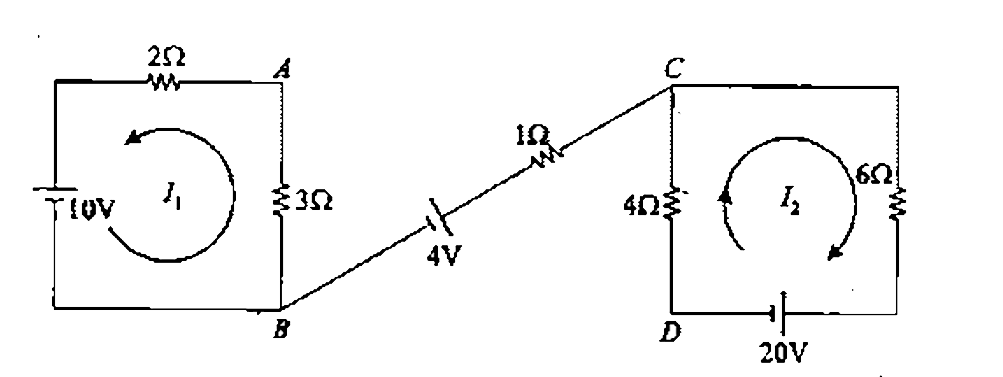
View SolutionFind the potential difference between the points A and B (VA−VB) as shown in figure. (Initially all the capacitors are uncharged)

View SolutionFind the potential difference Va−Vb between the points a and b shown in each part of the figure.
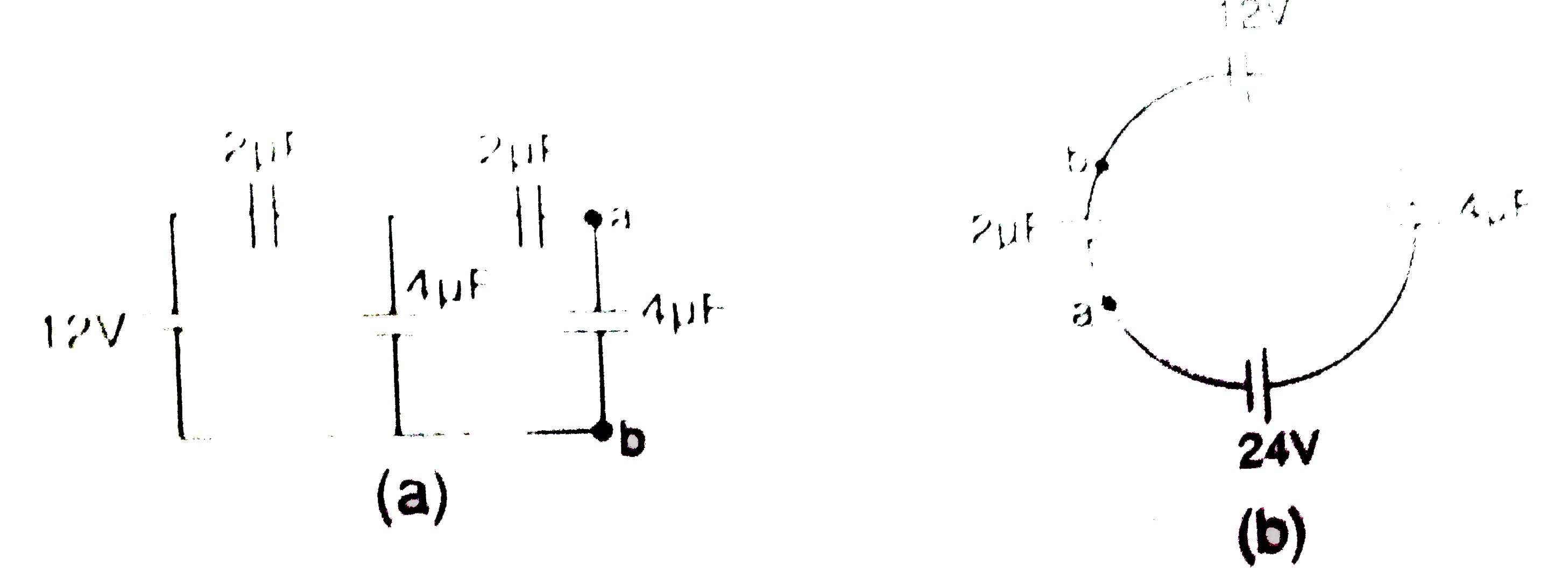
View SolutionPotential difference VB−VA in the network shown is
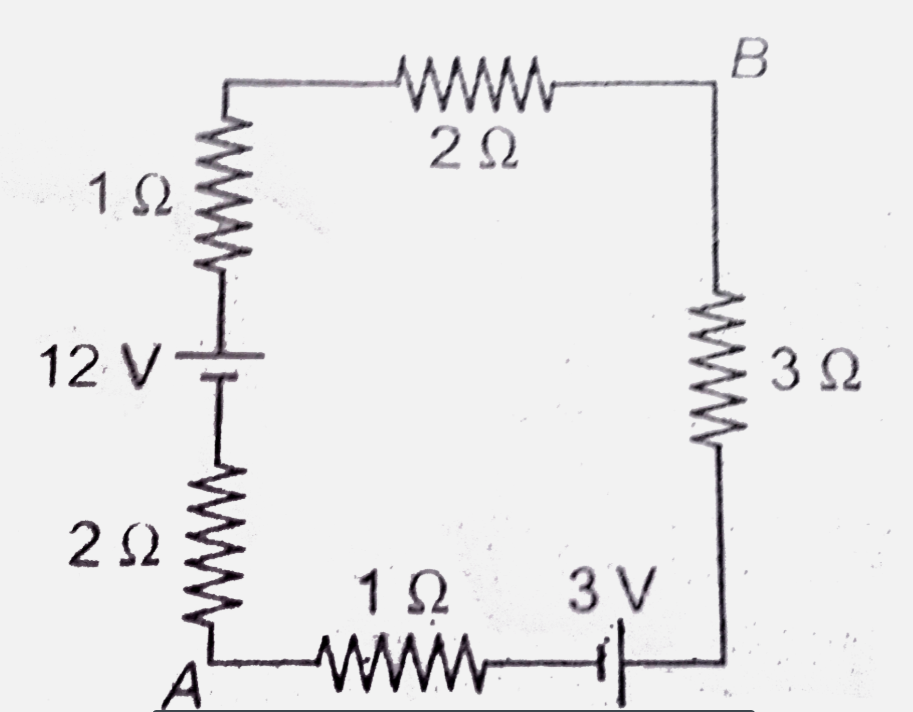
View SolutionFind the potential difference V_(A)-C_(B) for the circuit shown in the figure .
View SolutionPotential difference VA−VB in the network shown in
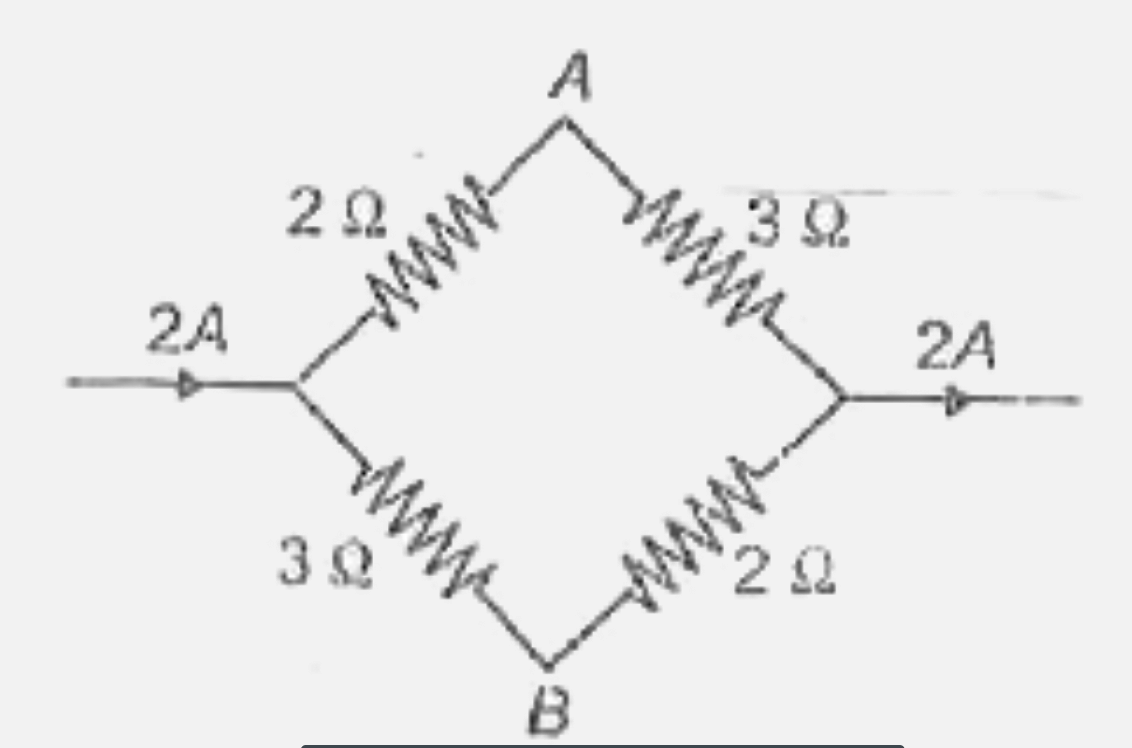
View SolutionThe potential difference (V_(A) - V_(B)) between the points A and B in the given figure is
View SolutionFind the potential difference Va−Vbin the circutis shown in figure

View SolutionThe potential difference (V_(A) - V_(B)) between the point A and B in the given figure is
View SolutionA battery of e.m.f. 10V is connected to resistance as shown in figure. The potential difference VA−VB between the point A and B is
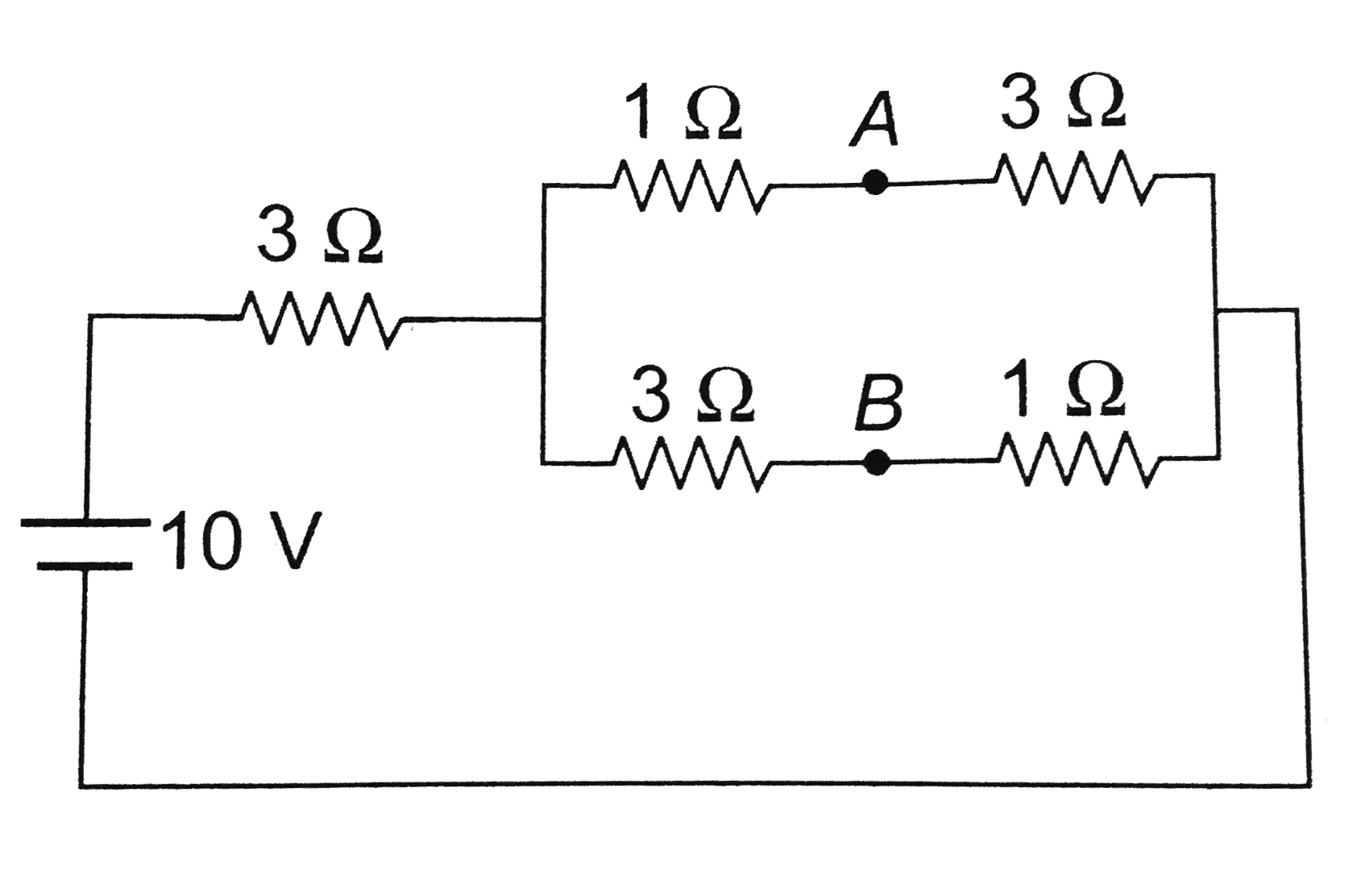
View SolutionThe potential difference (V_(A) - V_(B)) between the point A and B in the given figure is
View Solution
